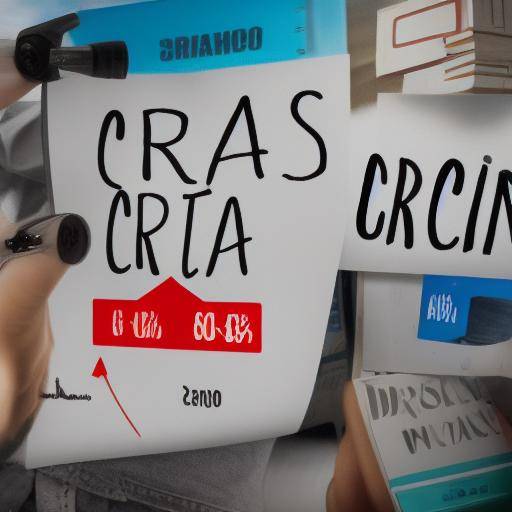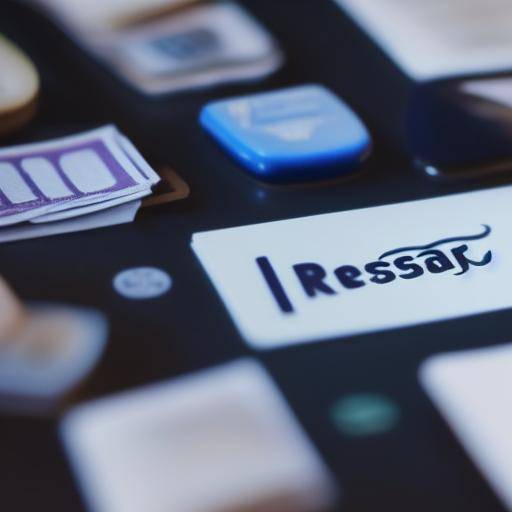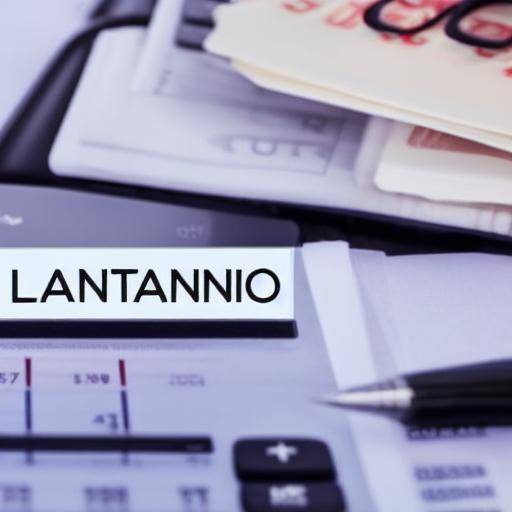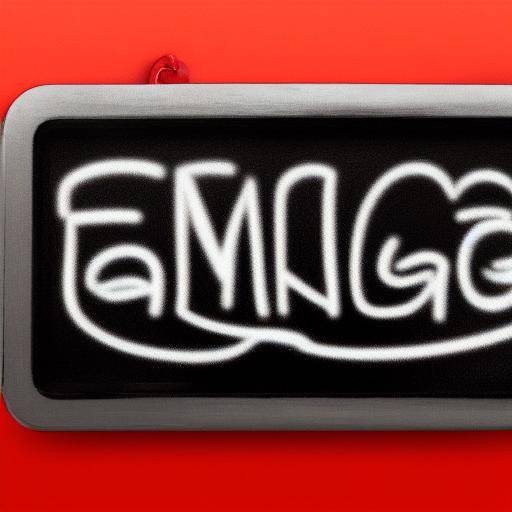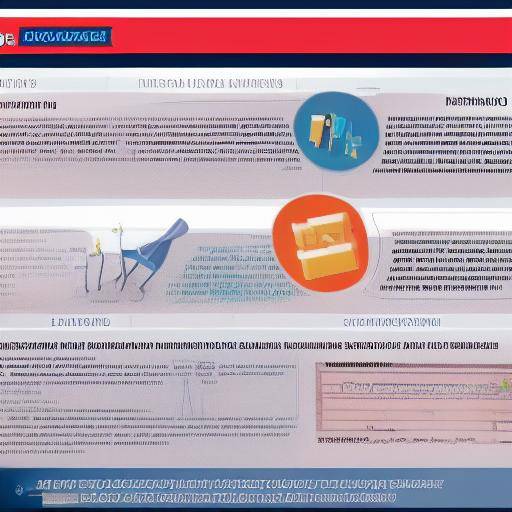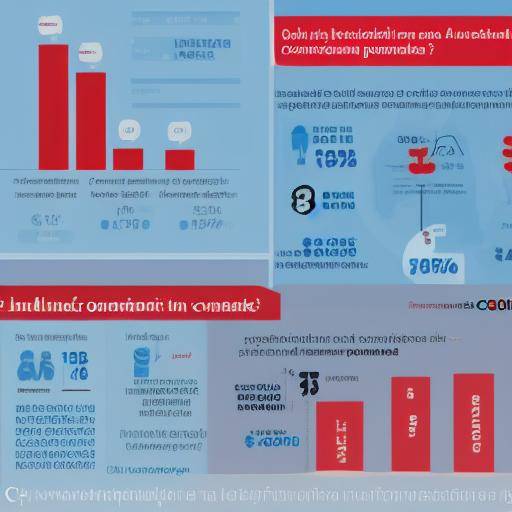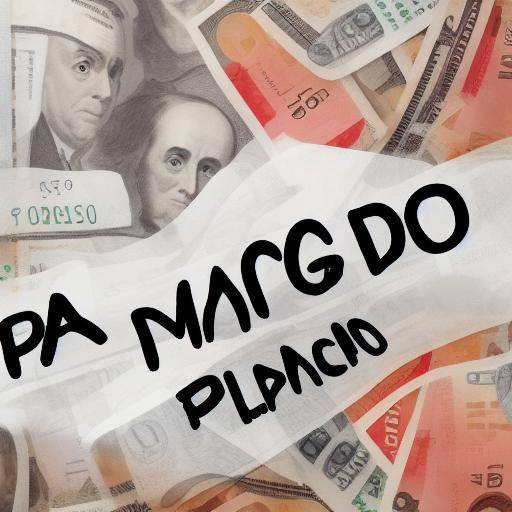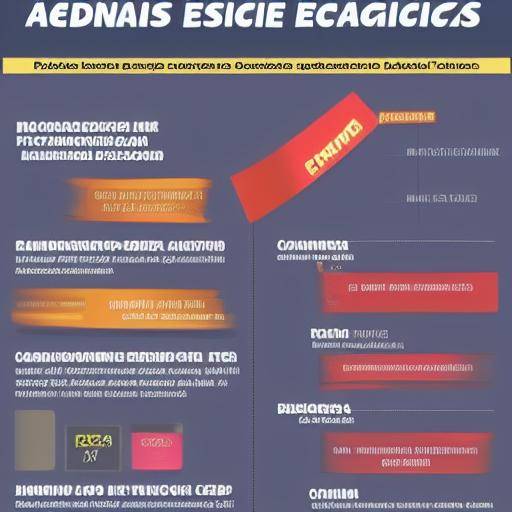
Introduction
In life, there are always unforeseen that can affect our finances. A family emergency fund is a crucial tool that can provide financial security and tranquility in times of crisis. In this article, we will explore the importance of having an emergency fund, how to save to create it and how it protects the well-being of the family. We will discover practical advice, relevant data and expert opinions that will help to understand the relevance of this financial practice.
Financial Security: The Importance of an Emergency Fund
An emergency fund is the basis for the financial security of a family. Its main purpose is to face unforeseen situations such as job loss, unexpected medical expenses, home repairs or vehicle repairs. Having an adequate emergency fund, it is avoided resorting to expensive loans or incurring debts that could generate additional stress.
Strategic Saving for Financial Protection
The process of saving for an emergency fund requires planning and discipline. It is essential to establish a savings objective based on monthly family expenses, which is generally recommended to be equivalent to three to six months of expenditure. Automating deposits in a separate savings account can be an effective strategy to ensure constant savings.
Protecting Family Welfare: The Importance of the Emergency Fund
When a family faces a financial emergency, the presence of an emergency fund provides a safety net that mitigates the emotional and economic impact. Financial stability contributes to maintaining harmony at home and reduces tensions during difficult times. In addition, having an emergency fund can be an educational example for children, fostering a culture of anticipation and financial responsibility.
History and Background of the Emergency Fund
The concept of an emergency fund is rooted in the human need to protect itself from unforeseen. Throughout history, cultures have developed methods to deal with unforeseen situations. In ancient times, communities joined to support those facing calamities. With the evolution of personal societies and finances, the notion of an emergency fund has been institutionalized as a financial forecasting practice.
Development and Significant Milestones
The evolution of the concept of emergency fund has been marked by significant financial and social milestones. The creation of specialized savings accounts and the development of financial technologies have facilitated the process of saving and managing emergency funds. Awareness of the importance of an emergency fund has also increased over time, contributing to greater adoption of this practice.
Detailed Analysis
Benefits and Challenges of the Emergency Fund
The benefits of having an emergency fund are multiple. By providing financial stability, stress and anxiety are reduced in times of crisis. In addition, it is avoided to resort to loans or emergency liquidity that could have significant long-term financial costs. However, the main challenge for many families is the discipline to maintain and grow the emergency fund, especially in times of economic stability.
Current trends
Current trends in emergency fund management indicate greater emphasis on financial education and long-term planning. Technological advances have facilitated access to financial management tools, enabling families to manage their emergency funds more effectively. The influx of financial planning information has contributed to increased awareness of the importance of an emergency fund.
Comprehensive review
Practical Applications
The cases of families benefiting from an emergency fund are numerous. From facing sudden illness to overcoming a job loss, the presence of an emergency fund has proven crucial to maintaining the financial stability of many families. Even in natural disaster situations, having an emergency fund can make the difference between rapid recovery and prolonged struggle.
Best Practices and Expert Reviews
Financial experts agree on the fundamental importance of an emergency fund. They recommend constantly assessing the amount allocated to this fund, adjusting it to changes in the family structure or economic conditions. Some experts note the importance of diversifying the emergency fund, for example, by maintaining a share in cash and another part in low-risk liquid investments to obtain additional returns.
Comparative analysis
Safety, Saving and Family: An Indissoluble Link
The financial security of the family, the habit of saving and the protection of family well-being are intrinsically connected through the emergency fund. These three elements form an indissoluble link that is central to the emotional and financial well-being of a family. The absence of one of these pillars can unbalance the overall stability of family unity.
Practical Tips and Accessible Recommendations
How to Create and Maintain an Effective Emergency Fund
- Establish a realistic and achievable savings target based on monthly expenses.
- Automate deposits into a separate savings account to ensure constant savings.
- Regularly review the amount of the emergency fund to ensure that it is suitable for changes in the family structure or economic conditions.
- Consider diversifying the emergency fund by maintaining one part in cash and another part in low-risk liquid investments.
Perspectives and Views of Industry Experts
Future Challenges and Opportunities
Financial industry experts point to the need to adapt to a volatile and evolving economic environment. They stress the importance of educating families on the importance of an emergency fund and responsible management of their finances. They also recognize the opportunity to develop innovative financial tools that facilitate the savings and management of emergency funds.
Case Studies and Applications in Real Life
Demonstrated Importance in Practice
Throughout numerous case studies and examples of real life, it has consistently been shown that having an emergency fund can make a significant difference in the ability of a family to overcome unexpected financial challenges. Families from different sectors and situations have found a lifeline in their emergency funds, supporting the importance of this practice.
Future Trends and Predictions
Evolution of the Emergency Fund
Future trends aim at further integration of financial technologies and data analysis to customize and optimize emergency fund management. Significant progress is expected in financial education and public awareness on the importance of an emergency fund. In addition, the diversification and integration of emergency funds with other investment strategies are seen as a growing trend.
Conclusion
In short, a family emergency fund is the pillar that sustains financial security, fosters saving habits and protects the well-being of the family against unforeseen. It is a fundamental practice that requires planning, discipline and adaptability. Recognizing their importance and adopting a proactive approach to the creation and maintenance of an emergency fund, families can strengthen their financial resilience and address the challenges more securely.
Frequently asked questions
1. How much should I have in an emergency fund?
The ideal amount for an emergency fund is recommended to be equivalent to three to six months of family expenses. However, this figure may vary according to family structure, income and financial obligations.
2. How can I start saving for an emergency fund?
The first step is to establish a realistic savings objective based on monthly expenses. Automating deposits in a separate savings account can be an effective strategy to ensure constant savings.
3. Is there a strategy to keep and grow the emergency fund?
It is essential to regularly review the amount of the emergency fund to ensure that it is suitable for changes in the family structure or economic conditions. Some experts also recommend diversifying the emergency fund by maintaining one part in cash and another part in low-risk liquid investments.
4. What if I have an emergency and I don't have an emergency fund established?
In the event of an unexpected emergency, it is important to evaluate all available options. Consultation with financial advisors or credit institutions to explore short-term temporary solutions could be an option.
5. How can I integrate an emergency fund with other aspects of my financial planning?
The integration of an emergency fund with other aspects of financial planning, such as retirement savings or long-term investments, is key. It is advisable to consult with a financial advisor to ensure that all strategies are complemented and aligned with long-term family goals.
6. What role does financial education play in the creation and maintenance of an emergency fund?
Financial education plays a critical role in the creation and maintenance of an emergency fund. The more informed families are about the importance of this practice, the greater the chances of success in its implementation.
With the aim of strengthening financial security, fostering savings habits and protecting family well-being, having an emergency fund is a key practice that can make the difference at times of adversity. Continuous planning and commitment to this practice can provide a sense of stability and invaluable tranquility in everyday life and unforeseen situations.

